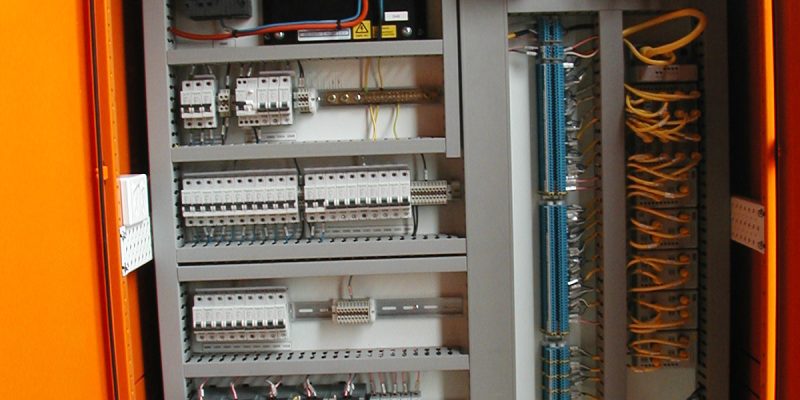Switchboards are vital components in electrical systems, serving as central hubs for power distribution and control. Understanding switchboard terminology is crucial for anyone involved in electrical engineering, installations, or maintenance. In this blog post, we’ll explore key switchboard terminology, offering explanations and examples to help you navigate electrical systems efficiently.
1. Switchboard:
Definition: A switchboard is an assembly or panel containing switches, circuit breakers, fuses, busbars, meters, and other devices used for distributing and controlling electrical power in buildings, industrial facilities, and infrastructure.
Example: The main switchboard in a commercial building controls power distribution to various floors, HVAC systems, and equipment.
2. Circuit Breaker:
Definition: A circuit breaker is a device that automatically interrupts or breaks an electrical circuit in response to overloads, short circuits, or faults, protecting electrical systems and equipment.
Example: A molded case circuit breaker (MCCB) in a switchboard trips to disconnect power during overcurrent conditions, preventing damage to connected equipment and submains.
3. Busbar:
Definition: A busbar is a metallic solid conductor used to carry electrical currents within a switchboard, distributing power to multiple MCCBs, chassis, and components.
Example: Copper busbars inside a switchboard connect the incoming protection breaker from the main supply to the distribution sections of the switchboard.
4. Main Switch:
Definition: A main switch is a manually operated device that controls the electrical power to an entire switchboard, sub board, or installation, allowing for isolation and shutdown when needed.
Example: The main switch on a switchboard is turned off during maintenance or emergencies to de-energise the entire electrical system.
5. Distribution Board:
Definition: A distribution board, also called a panel board or breaker panel, is a segment within a switchboard that contains circuit breakers, fuses, and protective devices for individual final subcircuits.
Example: Distribution in a residential switchboard contains circuit breakers for lighting circuits, power outlets, and A/C’s.
6. Metering:
Definition: Metering refers to the measurement and monitoring of electrical parameters such as voltage, current, power consumption, and energy usage within a switchboard.
Example: Digital energy meters installed in a switchboard provide real-time data on electricity consumption, allowing for accurate billing and energy management.
7. Submain:
Definition: A Submain circuit is a dedicated electrical circuit that carries power from a main switchboard to a distribution board or subpanel.
Example: Submain circuits within an industrial building distribute power to large equipment, motors, and production machinery across various areas within a factory, also to sub boards.
8. Load Centre:
Definition: A load centre is a small distribution board where electrical loads, such as lighting, appliances, and equipment, are connected and controlled.
Example: The load centre in a residential setting distributes power to circuits serving lights, outlets, AC systems, and major appliances in a home, shed, or school canteen.
9. Phase:
Definition: Phase refers to the alternating current (AC) waveform of electrical power, typically categorised as single-phase (1-phase) or three-phase (3-phase), depending on the number of conductors and voltage levels.
Example: A three-phase switchboard distributes power to industrial machinery, pumps, and motors that require a three-phase AC supply for efficient operation.
10. Neutral and Ground:
Definition: The neutral conductor carries return currents to the power source in an electrical circuit. While the ground conductor provides a safe path for fault currents to earth, ensuring electrical safety.
Example: Neutral and ground connections in a switchboard are essential for maintaining electrical balance, reducing voltage fluctuations, and protecting against electric shock and equipment damage.
Understanding and using switchboard terminology accurately is essential for effective communication, and maintenance of electrical systems. Whether you’re an electrician, engineer, facility manager, or homeowner, understanding these key terms will enable you to navigate switchboard installations and operations confidently and clearly.

